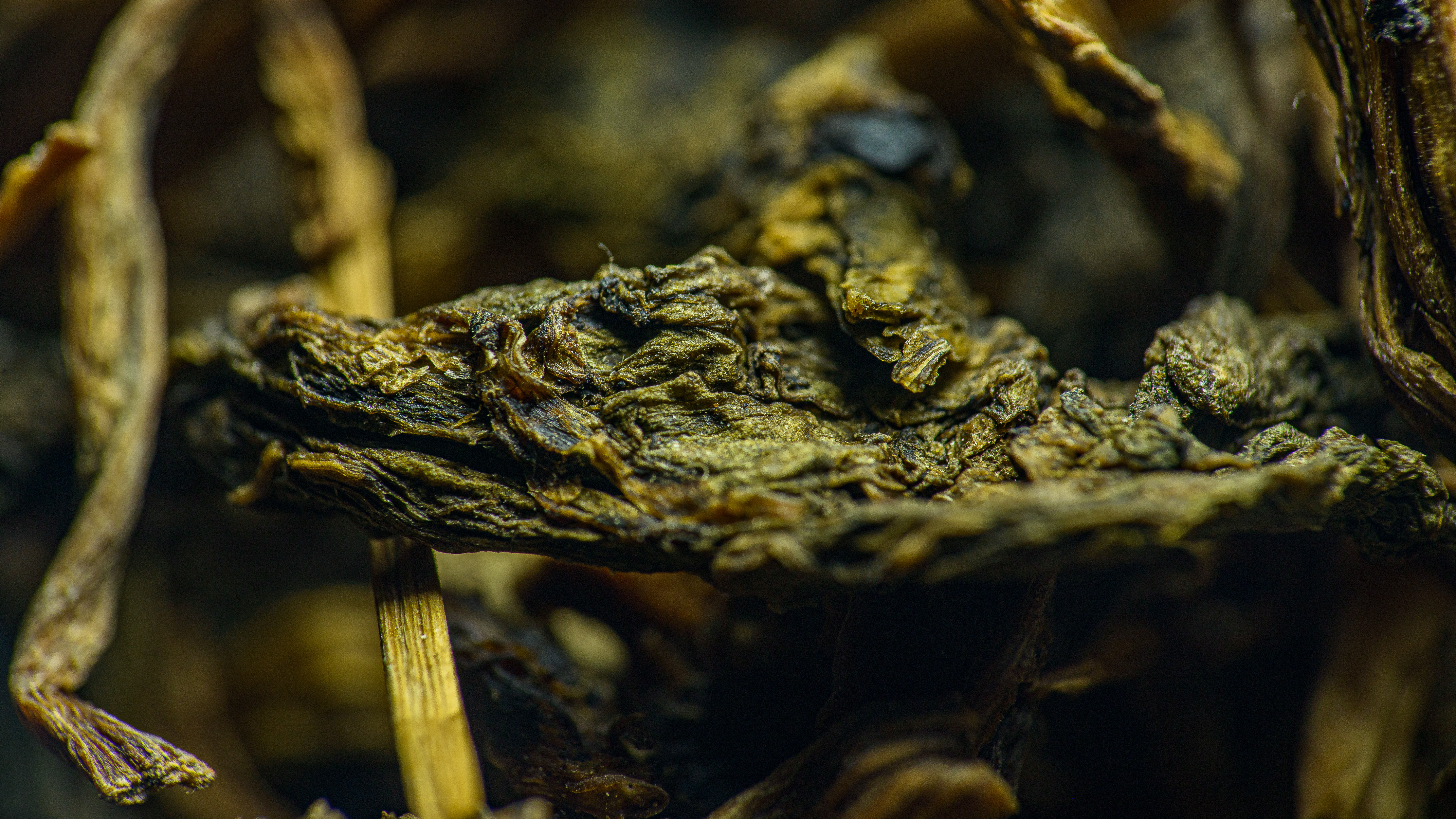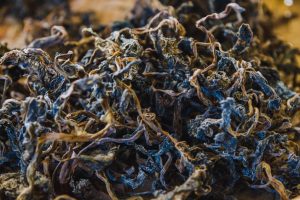
Gundruk is a fermented green vegetable that started its story in Nepal and the Himalayan regions of India and Bhutan.
It has an acidic flavour. It is produced during winter when perishable leafy vegetables abound.
Gundruk is prepared from the fresh leaves of local vegetables including ‘rayo-saag’ [Brassica rapa L. ssp. campestris (L.) Clapham variety cumifolia Roxb. or Cuneifolia], leaves of mustard [Brassica juncea (L.) Czern], leaves of radish (Raphanus sativus L.), leaves of cauliflower (Brassica oleracea L. variety botrytis L.) and leaves
of cabbages (Brassica oleracea L. variety capitata).
The vegetables are withered and wilted for 1–2 days.
Wilted leaves are crushed and shredded mildly and pressed into an air-tight container or earthenware pot. Warm water at 30ºC is added to cover all the leaves in the pot.
It is made air tight and fermented naturally for about 15–22 day in a warm place. After desirable fermentation, freshly prepared wet gundruk is sun dried for 2–4 days, which can be kept for a year or more at room temperature (Tamang & Tamang, 2010).
The natural bacteria causing fermentation include Lactobacillus brevis, L. fermentum, L. casei, L. casei subsp. pseudoplantarum, Pediococcus pentosaceus and finally dominated by Lb. plantarum. (Tamang et al., 2005).
After a week, a mild acidic taste indicates the end of fermentation and the Gundruk is removed and dried in the sun. This process is similar to sauerkraut , paocai or kimchi production except that no salt is added to the shredded leaves before the start of gundruk fermentation.
Gundruk is eaten as a soup and pickles usually with boiled rice.
It is likely that the lactic acid bacteria lower the nitrite content in the vegetables as well as inhibiting the growth of nitrate reducing bacteria (Yan et al., 2008). This was found to be case during the fermentation of paocai for example.
The main issue is the loss of 90% of the carotenoids through sun-drying.

References
Tamang, B., & Tamang, J. P. (2010). In situ fermentation dynamics during production of gundruk and khalpi, ethnic fermented vegetable products of the Himalayas. Indian Journal of Microbiology, 50(1), pp. 93-98.
Tamang, J. P., Tamang, B., Schillinger, U., Franz, C. M., Gores, M., & Holzapfel, W. H. (2005). Identification of predominant lactic acid bacteria isolated from traditionally fermented vegetable products of the Eastern Himalayas. International Journal of food Microbiology, 105(3), pp. 347-356
Yan, P. M., Xue, W. T., Tan, S. S., Zhang, H., & Chang, X. H. (2008). Effect of inoculating lactic acid bacteria starter cultures on the nitrite concentration of fermenting Chinese paocai. Food Control, 19(1), pp. 50-55 (Article).
Leave a Reply